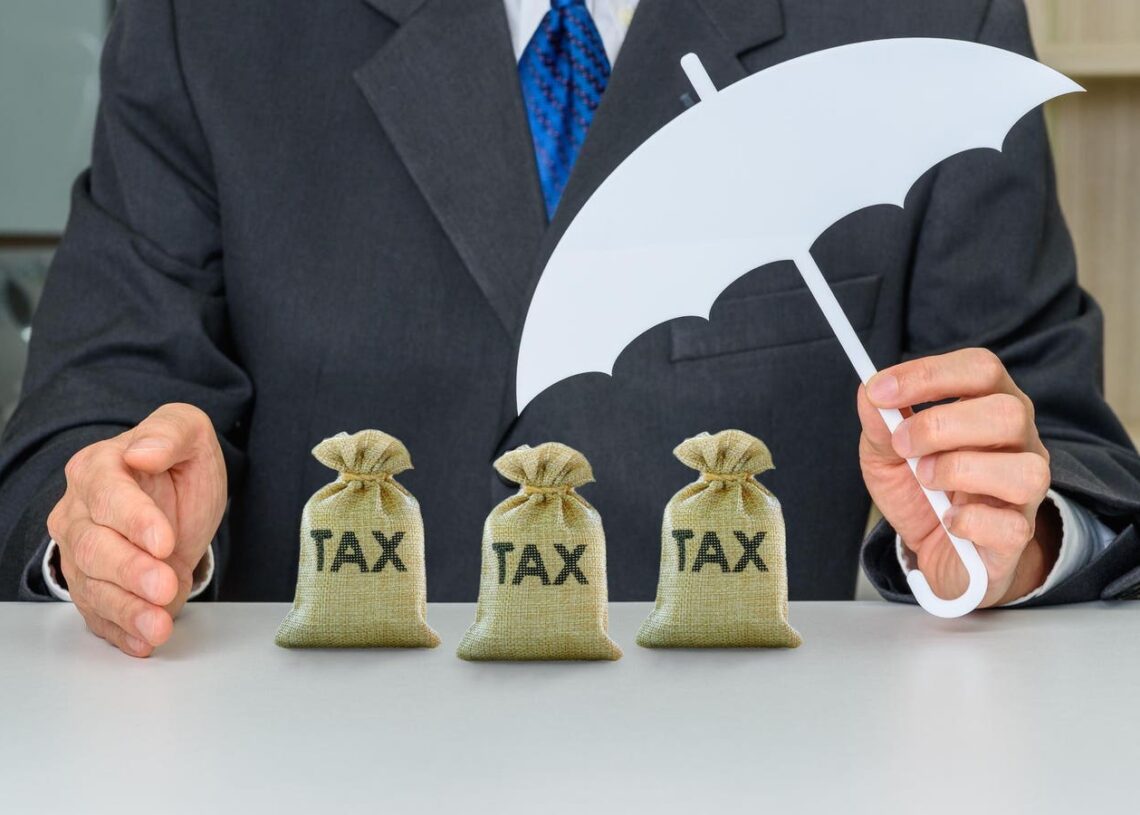Most folks think of tax season being that period shortly before April 15 and ending on that date. Actually, that is tax return season. The true tax season usually begins on October 15 of each year after the late individual returns are filed. This is when folks who are looking to have a financially good year start thinking about reducing the taxes they will have to pay in April. Tax professionals will start meeting with clients to talk about their businesses and how things are looking for the end of the year. Most of the time, this will result in relatively mundane decisions, such as plans to take certain depreciation allowances or make contributions to some kind of plan. But for some clients, the mundane just will not be enough and they will start looking for some tax shelter to reduce their tax burden. Thus, if you were to characterize the period between October 16 and December 31 as tax shelter season that would be pretty close to the truth.
Captive insurance is one of those things that frequently gets late-season discussion, such that November and December are commonly considered to be captive season. I don’t know the statistics these days, but a decade or so ago the data put out by the state insurance commissioners showed that approximately 90% of the captives made applications late in the year. This does not mean that all these captives were tax shelters: Even if a company were going to form a completely legitimate captive without a desire to save taxes, it would probably wait until the end of the year to see what its financials looked like for purposes of supplying capital to the new captive. But a goodly number of these late-season captives are indeed captive tax shelters, which are captive arrangements formed with the primary purpose to defer or avoid taxes and with risk management (the true sine qua non of a captive) being given at best secondary consideration.
Support authors and subscribe to content
This is premium stuff. Subscribe to read the entire article.









